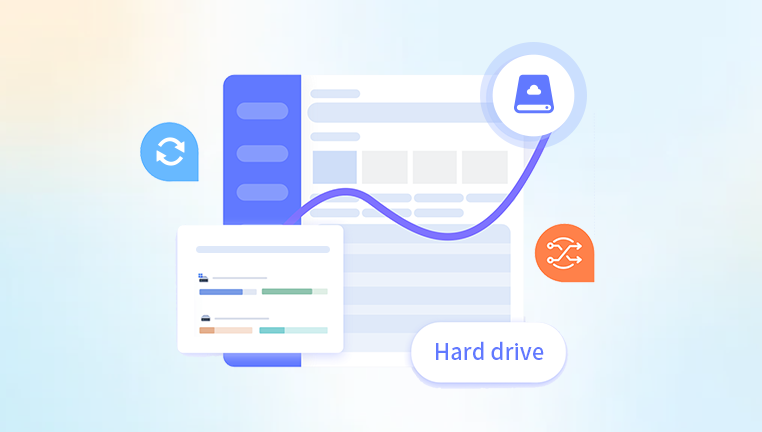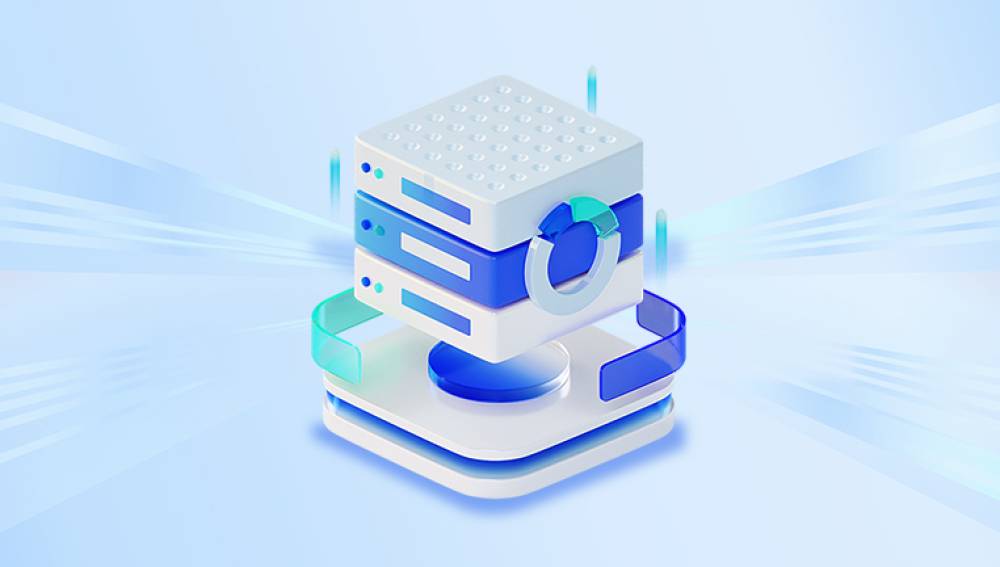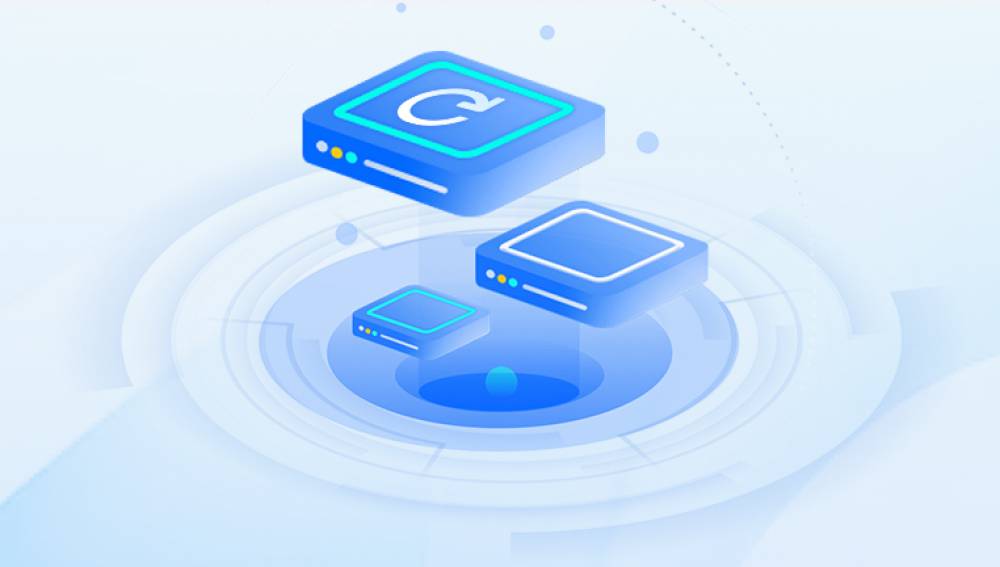Data recovery from an external drive can be a complex process, but it is often possible with the right tools and techniques.
1. Reasons for Data Loss
Physical Damage: This can be caused by drops, impacts, or exposure to moisture. For example, if an external hard drive is accidentally dropped on the floor, the internal components like the disk platters or the read - write heads might get damaged, leading to data inaccessibility.
Logical Errors: File system corruption, accidental deletion, or formatting are common logical errors. A virus or malware attack can also cause logical damage to the data on the external drive. For instance, a virus might overwrite or delete important system files, making the data on the drive appear lost.

Electrical Issues: Power surges or improper connection can fry the circuit board of the external drive. If the external drive is connected to a power source that experiences sudden voltage spikes, the drive's electronics can be damaged, potentially resulting in data loss.
2. Prepare for Data Recovery
Choose the Right Environment: Work in a clean, static - free environment. Static electricity can cause additional damage to the drive. Use an anti - static mat and wrist strap when handling the drive.
Gather Necessary Tools: You'll need appropriate data recovery software. Some popular options include EaseUS Data Recovery Wizard, Recuva, and Disk Drill. For physically damaged drives, you might need specialized tools like a screwdriver set for opening the drive enclosure and, in some cases, professional equipment like a clean - room workstation for handling the internal components.
Backup the Drive: If possible, make a clone of the damaged drive before attempting any recovery. This ensures that you have a copy of the original data in case the recovery process goes wrong. You can use tools like dd in Linux or specialized cloning software for Windows.
3. Recover Data from Logically Damaged Drives
Stop Using the Drive Immediately: As soon as you notice data loss, avoid writing any new data to the drive. This helps prevent overwriting the lost data, which would make recovery much more difficult.
Use Data Recovery Software: Install and run the chosen data recovery software. Most of these tools have a user - friendly interface. For example, EaseUS Data Recovery Wizard allows you to select the external drive as the recovery source. It then scans the drive for lost files and presents them in a tree - like structure. You can preview the files to see if they are recoverable and select the ones you want to restore.
Check for Hidden or Deleted Partitions: Some data recovery software can also detect and recover hidden or deleted partitions. If the file system on the external drive has been damaged, the software may be able to identify and reconstruct the partitions, allowing access to the data stored within them.
4. Handle Physically Damaged Drives
Inspect the Drive for Visible Damage: Check the enclosure for cracks or other signs of damage. If the drive makes unusual noises, such as clicking or grinding sounds, it could indicate a problem with the internal components.
Open the Enclosure (If Applicable): If the external drive is a hard disk drive (HDD) and you are confident in your abilities, you can carefully open the enclosure. However, be aware that this voids any warranties and should be done with extreme caution. Once the enclosure is open, check for loose connections, damaged cables, or any visible damage to the circuit board.
Replace the Circuit Board (If Necessary): If the circuit board appears to be damaged, and you have a compatible replacement, you can try replacing it. Make sure to match the model and version of the circuit board exactly. Sometimes, a faulty circuit board can prevent the drive from being recognized by the computer, and replacing it can restore access to the data.
Seek Professional Help for Severe Damage: If the drive has suffered severe physical damage, such as a damaged spindle motor or head crash, it is best to send it to a professional data recovery service. These services have the expertise and specialized equipment to handle such situations. They can operate in a clean - room environment to avoid further contamination of the drive's internal components.
5. Verify and Organize the Recovered Data
Check the Integrity of the Recovered Files: After the recovery process, open and check the recovered files to ensure they are complete and usable. Some files may be corrupted during the recovery process, especially if the damage to the drive was severe. For example, if you recovered a video file, play it to make sure it plays without any glitches or errors.
Organize the Recovered Data: Create a new folder on your computer to store the recovered data. You can organize the files by type, date, or any other relevant criteria. This makes it easier to find and manage the recovered data.
Perform a Final Backup: Once you are satisfied with the recovery and organization of the data, make a final backup of the recovered data to another storage device, such as an internal hard drive, a cloud storage service, or a set of DVDs. This provides an extra layer of protection in case the external drive fails again or if there are any issues with the recovered data in the future.
6. Prevent Future Data Loss
Regularly Back Up Your Data: Set up a regular backup schedule to copy the data from your external drive to another location. This can be another external drive, a network - attached storage (NAS) device, or a cloud - based backup service. There are various backup software options available that can automate this process. For example, Windows has built - in backup tools, and there are also third - party software like Acronis True Image that offer more advanced features.
Handle External Drives with Care: Avoid dropping, bumping, or exposing the drives to extreme temperatures or moisture. When connecting or disconnecting the drive, make sure to do it properly. Eject the drive safely from the computer before unplugging it to prevent file system corruption.
Use Data Protection Software: Install antivirus and anti - malware software on your computer to protect the data on your external drives from virus and malware attacks. Keep the software updated to ensure it can detect and prevent the latest threats. Additionally, some software can also monitor for any changes to the file system and alert you if there are any suspicious activities that could lead to data loss.




